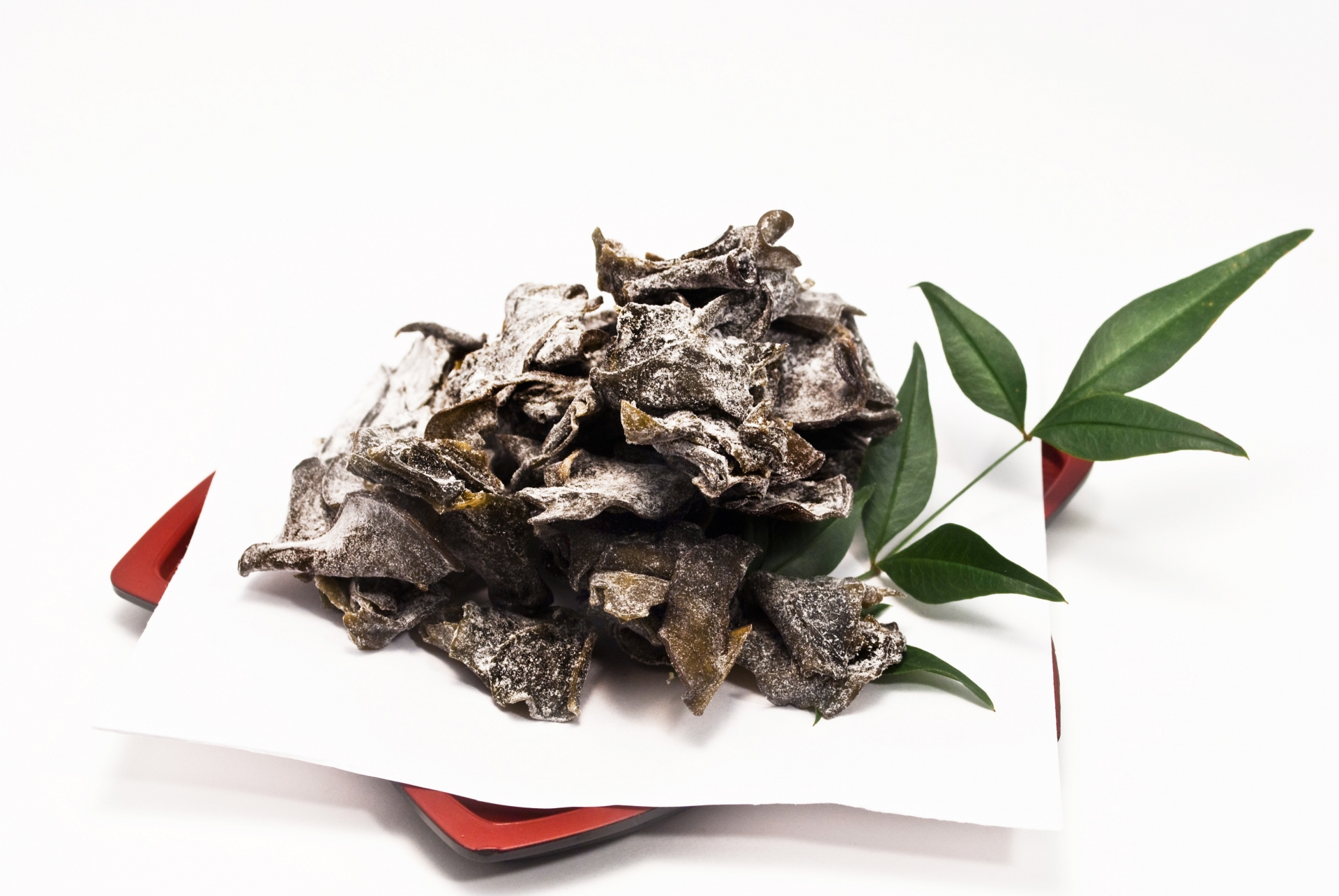Kombu is a kind of kelp, and it has been a distinctive part of the Japanese diet ever since the Jomon period (12,000 B.C. – 300 B.C.).
Contents:
- Kombu – The Secret to Japanese Cuisine
- The key to picking-out kombu
- Making the Ultimate Dashi from Kombu
- Tips on how to extract dashi from kombu
- Kombu Preservation Methods
- Various ways to utilize Kombu after the Dashi has been extracted
- How to use Kombu for cooking?
Kombu – The Secret to Japanese Cuisine
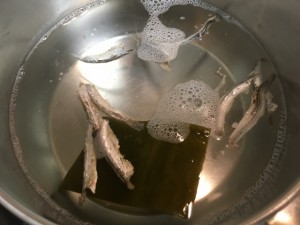 Dashi is a category of soup and cooking stocks considered to be fundamental and essential to Japanese cuisine. It is said that without dashi, Japanese dishes lack the authentic flavor. The underlying secret to creating the traditional flavors of Japan is the combination of katsuobushi (sliced dried bonito) and kombu (kelp).
Dashi is a category of soup and cooking stocks considered to be fundamental and essential to Japanese cuisine. It is said that without dashi, Japanese dishes lack the authentic flavor. The underlying secret to creating the traditional flavors of Japan is the combination of katsuobushi (sliced dried bonito) and kombu (kelp).
Kombu has been a distinctive part of the Japanese diet ever since the Jomon period (12,000 B.C. – 300 B.C.). Back then, most kombu was produced in Hokkaido, and called “kobu” in the Ainu language. Its qualities of being delicious, light in weight, dry, and long lasting, allowed kombu to quickly circulate throughout Japan, even when transportation systems were not as efficient. Today, it is a strange phenomenon that although Okinawa is farthest away from Hokkaido, it uses more kombu per household than any other prefecture. Since ancient times, kombu has also been thought as a lucky charm; therefore, other than with cooking, it has been customarily used in Japan for celebrations, weddings, engagement gifts, childbirth prayers, and for a variety of other joyous occasions.
Types of Kombu
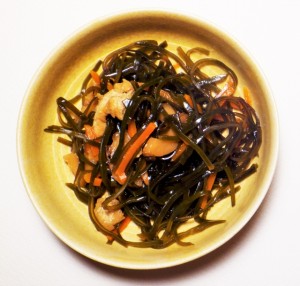 Kombu can be categorized into two types. The first type of kombu is called saomae-kombu, and is harvested earlier than others. It is edible, and sold under the names, hayani-kombu and oden-kombu. It is soft and cooks quickly; therefore it is used most commonly to make dishes such as kobumaki, and tsukudani. However, it cannot be used to extract dashi.
Kombu can be categorized into two types. The first type of kombu is called saomae-kombu, and is harvested earlier than others. It is edible, and sold under the names, hayani-kombu and oden-kombu. It is soft and cooks quickly; therefore it is used most commonly to make dishes such as kobumaki, and tsukudani. However, it cannot be used to extract dashi.
Kombu by Region
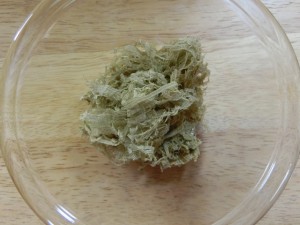 The other type of kombu is dashi-kombu, which is available in countless versions. Hidaka-kombu, Rausu-kombu, and Rishiri-kombu, are a few that have been named after the local areas of their production, and they are distinguished for having unique, local qualities. Others are named according to food companies, or for their tastes and characteristics. After the dashi is extracted, dashi-kombu is usually processed and made edible.
The other type of kombu is dashi-kombu, which is available in countless versions. Hidaka-kombu, Rausu-kombu, and Rishiri-kombu, are a few that have been named after the local areas of their production, and they are distinguished for having unique, local qualities. Others are named according to food companies, or for their tastes and characteristics. After the dashi is extracted, dashi-kombu is usually processed and made edible.
Thicker dashi-kombu can be thinly shredded to make tororo-kombu, or Oboro-kombu, which are used in osuimono (Japanese-style soup) and rice balls. After the process of shredding, the remaining thin kombu is called tera-kombu. This kombu is extra delicious, and usually vinegar to top high-class pressed mackerel sushi called battera-sushi.
The secret to the delicious flavor of kombu lies in the synergy between glutamic acid, which is known to be one of the 3 great umami components in Japanese-style cuisine, and the abundant vitamins and minerals contained in seaweed. What essentially characterizes Japanese “odashi” is that it is delicious to eat, utilized as a lucky charm for a variety of joyful events, and furthermore, recognized for having incredible beautification effects, and is therefore used in bathing products and cosmetics. Such fabulous qualities also make kombu a useful ingredient in medicinal products to help maintain health, prolong beauty, and supplement a balanced diet.
The key to picking-out kombu
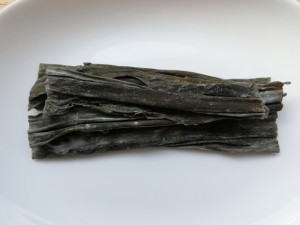 The best way to pick kombu is to find one that’s dry, thick, glossy, and aromatic, with a greenish-brown, olive coloring. Another point to keep in mind is that there are subtle differences in the taste of kombu according to the location of its production, as well as the season of harvest.
The best way to pick kombu is to find one that’s dry, thick, glossy, and aromatic, with a greenish-brown, olive coloring. Another point to keep in mind is that there are subtle differences in the taste of kombu according to the location of its production, as well as the season of harvest.
Ma-kombu: Its elegant, refined, and sweet flavor, gives it the name, “king of kombu”. Rausu-kombu: Its taste is highly ranked and is considered on par with ma-kombu. Rishiri-kombu: It has a harder, firmer texture, but its taste is very flavorful and even referred to as ruru sashi, or ruru kina (abundant dashi) in the Ainu language.
Hidaka-kombu: It is the most common and familiar taste, produced in large quantities, and offered at reasonable prices.
Making the Ultimate Dashi from Kombu
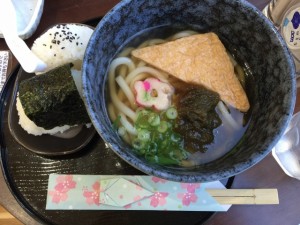 Water is most suitable for soaking kombu; 4 cups of water should be added to every 3.5oz of kombu. Let it soak overnight, and that’s it! Just like that, you’ve made dashi as good as any professional! However, make sure to always measure the exact quantity of kombu, (never try to guess or approximate) because kombu’s varying thicknesses can be deceiving. A strongly flavored kombu dashi broth is recommended for dishes such as somen, udon, and white fish pot.
Water is most suitable for soaking kombu; 4 cups of water should be added to every 3.5oz of kombu. Let it soak overnight, and that’s it! Just like that, you’ve made dashi as good as any professional! However, make sure to always measure the exact quantity of kombu, (never try to guess or approximate) because kombu’s varying thicknesses can be deceiving. A strongly flavored kombu dashi broth is recommended for dishes such as somen, udon, and white fish pot.
Tips on how to extract dashi from kombu
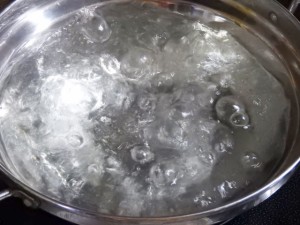 First, you’ll see that the surface of dashikombu is covered with white powder. These are crystals of mannite, which is a type of sweetener, and a part of kombu’s umami. If you’re worried about sand, try rubbing the surface using a damp cloth.
First, you’ll see that the surface of dashikombu is covered with white powder. These are crystals of mannite, which is a type of sweetener, and a part of kombu’s umami. If you’re worried about sand, try rubbing the surface using a damp cloth.
Another option is to wipe it using a cloth dampened with sake instead of water. Place the kombu into a pot with water.
Turn the heat on. To extract dashi, it is key to tum the heat on after placing the kombu in the water. When tiny bubbles begin to form at the bottom of the pot-right before it’s about to boil-take the kombu out.
[When temperatures rise to above 158 °F, the alginic acid, which is the fiber component in kombu, suddenly begins to melt. Melted alginic acid will cause the dashi to become slimy, and have a bad taste. Therefore, it’s important that the kombu be taken out before the water begins to boil.]
When the water boils, add katsuobushi. Then turn the heat off, scoop off and discard the built-up scum, and remove the katsuobushi without stirring. This will make the all-time favorite Ichiban-dashi for sumashi (clear soup broth). The kombu used to extract this dashi, still has about 20% glutamic acid remaining. Place this kombu into a pot with water, and this time let it simmer slowly. Just before it starts to boil, add the katsuobushi. Then strain the dashi through a paper towel. This will make the perfect rich and flavorful Niban-dashi for miso soup.
- To make 5 to 6 servings of dashi, use 1 liter of water with 0.35-0.7oz of kombu. If the kombu is wide, 20g of kombu is about 7.87in. long: if it’s thin (such as with Rishiri-kombu), it will be about 17.72 in. long.
Kombu Preservation Methods
Avoid high humidity and preserve it in a dry place. It’s convenient to use if you cut them into pieces about 6 in. long, and store them in a bottle or bin.
Various ways to utilize Kombu after the Dashi has been extracted
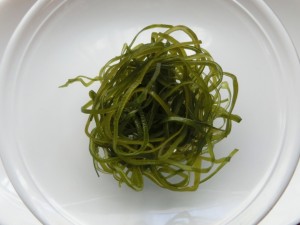 One of the popular ways to utilize kombu is to make tsukudani. You can also cut them up into slices and eat them right away! If you like, season it with soy sauce or dressing. Another way is to deep-fry cut-up pieces until they’re nice and crisp; season it with salt, and it’ll be a great appetizer with sake; season it with powdered sugar, and it’ll be a delicious snack.
One of the popular ways to utilize kombu is to make tsukudani. You can also cut them up into slices and eat them right away! If you like, season it with soy sauce or dressing. Another way is to deep-fry cut-up pieces until they’re nice and crisp; season it with salt, and it’ll be a great appetizer with sake; season it with powdered sugar, and it’ll be a delicious snack.
How to use Kombu for cooking?
Original Sashimi Soy Sauce made with Premium Ma-kombu and katsuobushi Recipe
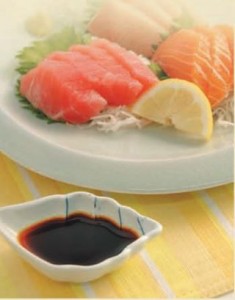
This soy sauce is best for maguro-nozuke (marinated tuna) or katsuo-no-tataki (seared bonito). Mix the soy sauce with dashi broth to make delicious osuimono. Yudofu (boiled tofu), Hiyayakko (cold tofu), natto (fermented soybeans), and ramen, are other great pairings. Dilute the soy sauce with citrus fruit (lemon, orange daidai, etc.) to make a delicious ponzu sauce. Use it to enjoy a wide range of possibilities!
Ingredients (Serves 1)
Ingredients for dashi broth
15g (0.53 oz.) katsuo dried bonito flakes
75ml (0.32 cups) sake (cooking sake)
75ml (0.32 cups) water
Cooking Directions
- Heat the water and sake in a pot. After it begins to boil, turn the heat low and let the alcohol boil away.
- Keep the heat on low, while adding the katsuobushi. Allow it to heat for about a minute, and then turn the heat off. When the katsuobushi sinks to the bottom of the pot, strain it. For 600ml of soy sauce, only 100ml of dashi broth is needed. Therefore, store the remainder for other purposes such as diluting store-bought tsuyu for noodles.
- Mix together the Marudaizu soy sauce, dashi broth, and kombu in a bin or bottle. Put it in the refrigerator, let it sit overnight, and a delicious sashimi soy sauce will be ready by next morning!
Innovative Uses for Kombu
- Store different types of miso in the same tupperware using slices of kombu as partitions, and the miso’s taste will be enhanced.
- Fried kombu, finely cut, and then ground up into a powder, can be kept stored in the refrigerator for convenient use as instant dashi or seasoning.
